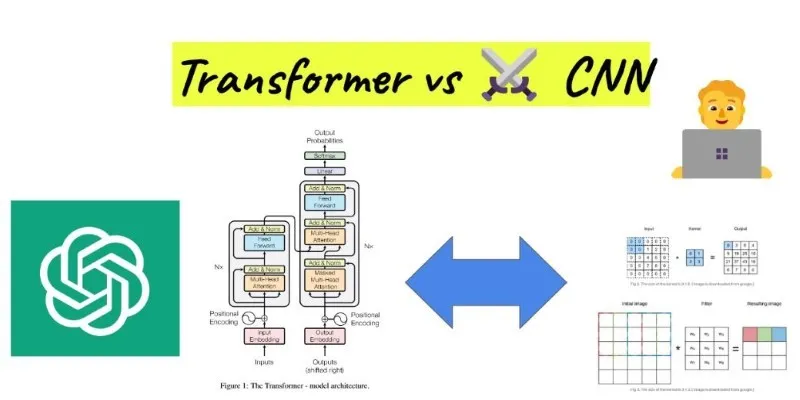OpenAI’s API has revolutionized how we interact with artificial intelligence, allowing developers to build dynamic and innovative applications. This guide introduces the concept of prompt chaining—a powerful technique to enhance AI performance. We’ll cover its fundamentals, practical uses, and advice on how to apply it effectively in your own projects.
Introduction to OpenAI API
OpenAI API offers an extensive set of capabilities, allowing users to tap into natural language processing tasks with unprecedented ease and precision. Whether it’s translation, summarization, text generation, conversational agents, or code completion, the API accommodates a variety of use cases. Its ability to process and generate human-like text makes it a go-to tool for developers across industries. With high customizability in the form of model choice and tuning, the API enjoys optimal performance tailored for specific applications.
Understanding Prompt Chaining

Prompt chaining involves linking several prompts in a chain to obtain more intricate and sophisticated outputs from an AI model. Every prompt in the chain builds on the output of the previous one, making it possible to have a formal and iterative process for solving problems. Prompt chaining is especially beneficial for tasks involving step-by-step reasoning, multi-stage processes, or creating elaborate responses.
By carefully designing and connecting prompts, users can direct the AI to generate well-structured and coherent outcomes, addressing issues that would otherwise be challenging to solve with a single prompt.
Benefits of Using Chained Prompts
Chained prompts offer several advantages that make them an effective tool for decomposing complex problems or generating holistic outputs. They break down large tasks into manageable components, promote clarity, and ensure consistency in output. Grouping prompts in succession allows users to gain more precision and control.
- Enable step-by-step problem-solving by simplifying intricate workflows.
- Improve response clarity and coherence through structured direction.
- Keep outputs tightly directed and targeted towards the desired goal.
- Permit iterative refinement for precise and detailed results.
Building Blocks of Prompt Chaining
Prompt chaining is an effective technique to divide intricate activities into separate, tractable steps. It keeps workflows focused, readable, and efficient while allowing iterative improvement. By designing interdependent prompts, users can yield organized and goal-specific outcomes with ease.
1. Defining the Objective
The initial building block of prompt chaining is defining the intended goal. Having a clear idea of what needs to be accomplished provides direction and avoids ambiguity. This is the first step in laying the groundwork for crafting focused prompts that tackle every facet of the task with consistency and relevance throughout the process.
2. Breaking Down the Task

Breaking down a difficult task into smaller, manageable pieces is crucial. Each question in the chain should be connected to a particular component of the larger goal. This method makes problem-solving easier, reduces cognitive load, and provides clarity, as each step systematically solves one aspect of the task, resulting in a unified output.
3. Refining Through Iteration
Iteration over prompt responses is crucial to enhanced accuracy and quality. By editing and refining initial attempts, users can experiment with different methods and fine-tune the output. This feedback-based iteration provides scope for conforming to the initial goal, resulting in an optimized and polished end result.
Techniques for Prompt Chaining
We have discussed why refining through iteration is vital. Now, let’s explore some techniques for prompt chaining.
Cascading Prompts
Cascading prompts involve feeding the output from one prompt into the next, setting up a chain reaction. The output from the initial prompt becomes the input for the second prompt, and so on, until the required length is obtained. This ensures a smoother transition of ideas and can prevent inconsistencies or repetition.
Chain of Thought (CoT)
Chain of Thought prompting involves guiding the model to break down complex tasks into smaller, more manageable steps by reasoning systematically. This technique encourages the model to reason step-by-step through the process, enhancing its capacity to handle intricate problems with logical reasoning. CoT can lead to greater accuracy, especially in reasoning-based tasks, by simulating human-like problem-solving explicitly.
ReAct (Reasoning and Acting)
ReAct intertwines reasoning and action in a feedback loop to produce both thought processes and actions simultaneously. By interlacing these components, the model coordinates its reasoning with corresponding actions. It is particularly helpful in situations requiring dynamic decision-making, like workflows or interactive conversations.
Tree of Thoughts (ToT)
The Tree of Thoughts approach frames the model’s problem-solving as a tree model with branching paths, enabling divergent thinking and multiple solutions. By comparing multiple paths at each junction, the model explores creative or optimal results before deciding on the best solution. This method is excellent for fostering innovation and dealing with open-ended tasks.
Plan-and-Solve Prompting
Plan-and-Solve Prompting separates the task into planning and execution stages. The model is initially asked to outline a high-level plan with easy- to-follow directions and then directed to solve the problem stepwise. This minimizes errors by focusing on preparation over action, making it suitable for organizational tasks that require forethought.
Self Reflective Prompting
Self-Reflective Prompting encourages the model to self-analyze its answers and identify potential weaknesses or areas for improvement. By incorporating self- examination into the process, the model improves its responses through iterative cycles. The method enhances the quality of the output and achieves conformity with original goals through built-in quality control.
Sequential Prompting
Sequential Prompting involves issuing tasks in a logically sequential order so that the model can approach each piece step by step and coherently. By breaking up a complex problem into sequentially dependent steps, the model gains clarity and precision. This method is effective in situations where task order or structure is crucial for success.
Conclusion
Prompt Programming is a powerful tool for improving the efficiency and accuracy of machine learning models. By providing structured guidance and automated prompts, it reduces the need for manual fine-tuning. From text generation to computer vision, this versatile approach works across various domains. As the technique evolves, it will play a vital role in advancing artificial intelligence. Whether working with large datasets or solving complex problems, incorporating Prompt Programming can enhance model performance and accuracy. Why not try it today?
 zfn9
zfn9






















